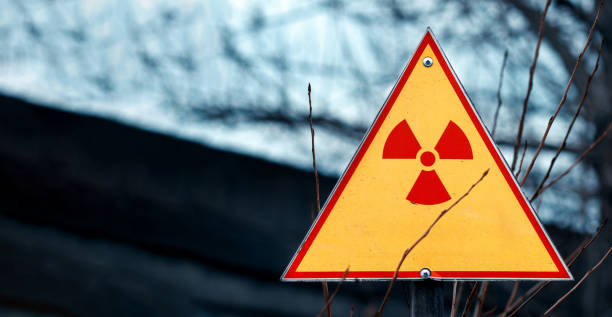Fukushima, Japan, is the most radioactive place on earth. Now, authorities plan to dump over a million tons of treated radioactive wastewater into the surrounding Pacific Ocean. The Fukushima Power Plant that currently houses the water is under extreme regulation and much controversy.
TEPCO’s Current Plan
The Plant operator, Tokyo Electric Power Company Holdings Inc (TEPCO), is at the forefront of the effort to liberate the potentially harmful substance. The process is set to begin in the spring of 2023 and is estimated to take several decades to complete. Diluting the tritium-rich water below national regulation levels is the first step. It will then be expelled into the water approximately 1 kilometre off the Pacific coast of the Fukushima Prefecture.
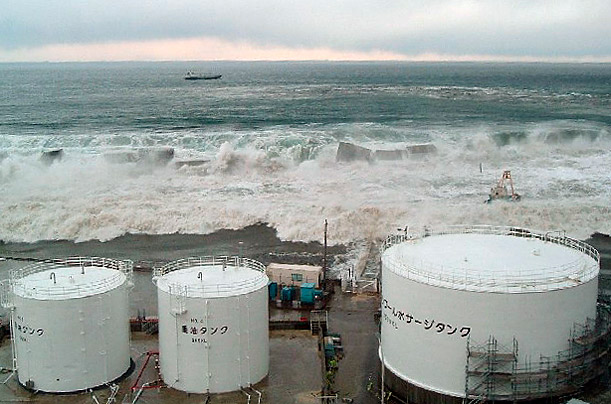
Image courtesy-Time
Both the Japanese Nuclear Regulation Authority and the government countenance the mission. The government is committed to overseeing the task with “reliability and transparency” to the public. The International Atomic Energy Agency (IAEA) corroborates that the release “will not cause any harm to the environment.”
The Genesis of Radioactive Waste in Fukushima
Three reactors within the plant’s cooling systems malfunctioned and emanated much radiation when the Great Tohoku earthquake ripped through Japan in 2011. The earthquake-tsunami duo is infamous for catalyzing 18,500 fatalities and obliterating over 123,000 houses.
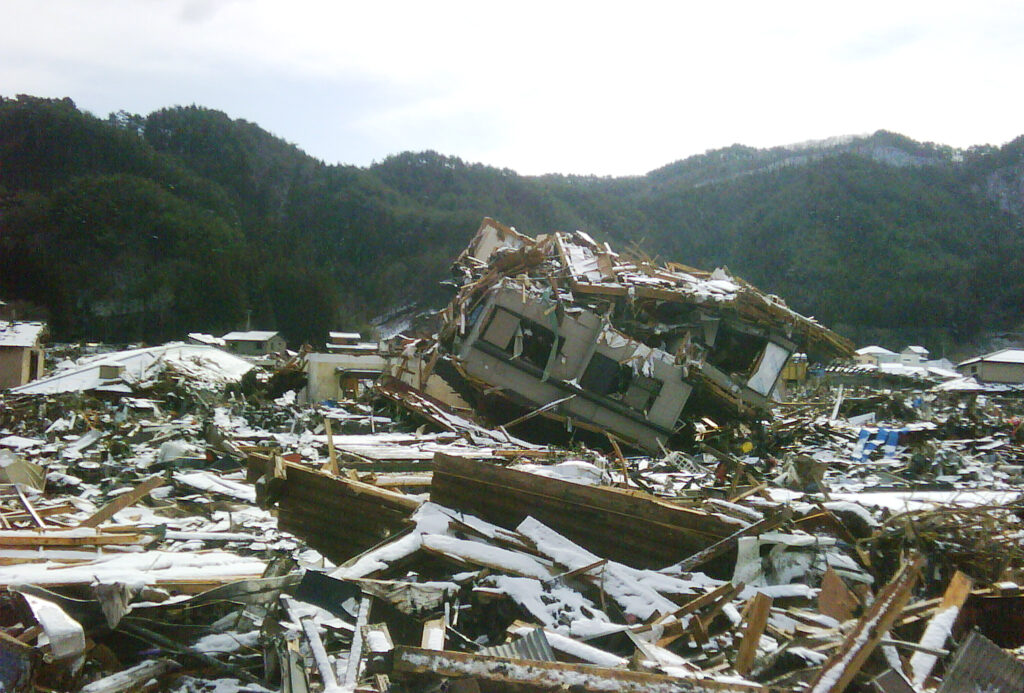
With the tragic numbers came the expunge and contamination of cooling water. The water, filling over 1,000 tanks, remained radioactive until treatment a few years ago.
The Timeline
Authorities initially publicized the plan in April 2021. They enlisted the IAEA to verify that minimal impacts would be made on environmental and human health. The IAEA authorized execution – but also committed to surveil discharge rates and report findings to the Japanese government and public. Their caution may divulge just how safe they believe the plan to be.
Within the Fukushima Power Plant, active water has been subdued by an advanced liquid processing system, eradicating all radionuclides except tritium. TEPCO will use a kilometre-long underwater pipe to release the water after tritium treatment.
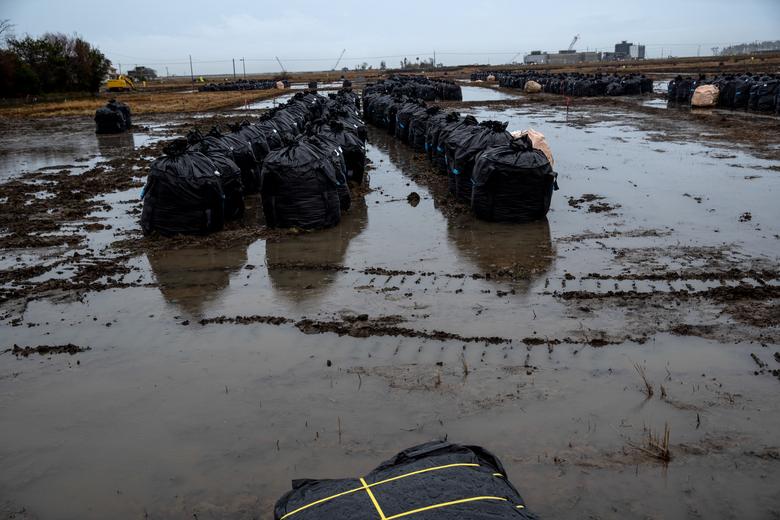
Image courtesy-Reuters
Considering that the plant is quickly approaching its capacity of 1.37 million tons, TEPCO needs to act fast. The plant accumulates a daily addition of 140 cubic meters of radioactive water through groundwater, seawater, and rainwater runoff. The matter at hand is what should be done with the current 1.29 million tons already there?
Environmental Ramifications
Different sources claim different positions regarding environmental safety. However, the census seems to err towards inconclusive. TEPCO, in conjunction with the Japanese government and the IAEA, endorses the project as relatively safe.
On the other side of the debate are independent scientists and panels of other nations, such as the Pacific Islands Forum of multi-disciplinary scientists. For one thing, they highlight the risk that such chemicals could pose to marine life. Tritium, a radioactive isotope, quickly bonds to phytoplankton, a chief primary producer of the food chain. From there, the chemical could climb up and bioaccumulate in larger specimens, such as mammals or large fish.
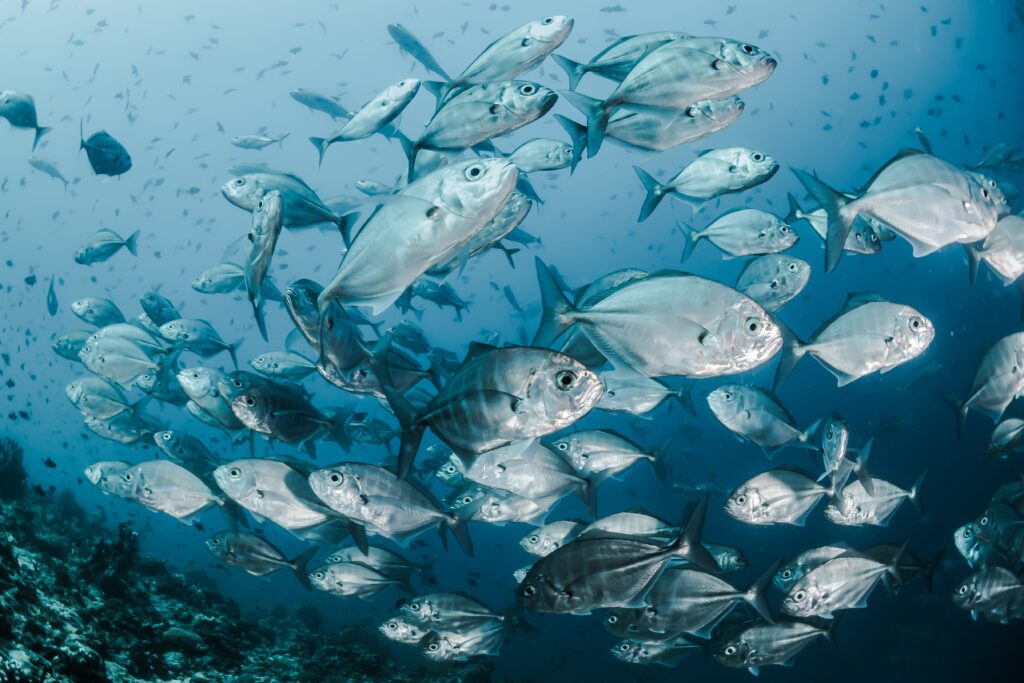
For another, the seemingly endless cycle of climate change also plays a key role. Panel scientist Robert Richmond, director of the University of Hawaii Kewalo Marine Laboratory, stresses that chemicals tend to become “more interactive” due to rising temperatures. They also may be inclined to become “a little bit different in terms of breakdown.”
Initially, the “advanced liquid processing system” with which the water was treated was enough for many to verify its safety. However, scientists are now voicing their concerns about dumping 500 Olympic-sized pools sized nuclear power plant wastewater into the open sea. Especially since only 1% of the wastewater tanks have been treated and less than 20% adequately sampled.

Image courtesy-Reuters
Overall, it is difficult to predict to what extent the radioactive substance will affect the surrounding ecosystem. In the 30-day public comment period this May, where organizations and nations raised concerns, Greenpeace’s senior nuclear specialist Shaun Burnie claims TEPCO never disclosed exactly how much radiation would be discharged.
From what they know so far, the water will be released containing “radioactive caesium, strontium, tritium and other radioactive substances.” These chemicals are known to concentrate in the bodies of marine biota and humans alike and can lead to diseases such as leukaemia and blood cancer.
A Hazard to Human Health
Another main concern is the human health factor of the equation. Tilman Ruff, associate professor at the Institute for Global Health at the University of Melbourne in Australia, said, “Obviously, the higher the level of exposure [to radiation], the greater the risk, but there is no level below which there is no effect.”
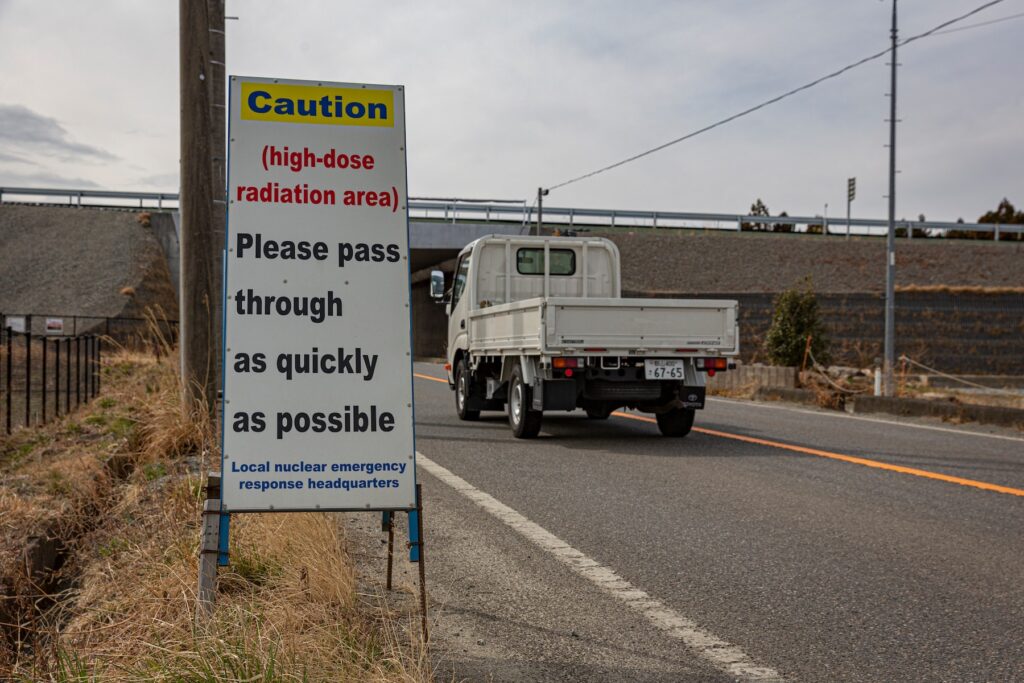
Image courtesy-Washington Post
Studies done on large groups of people exposed to minimal radiation conclude that harmful effects are prevalent even with small doses. Greenpeace goes so far as to claim that the carbon-14 content of the water could have the “potential to damage human DNA.”
Local Backlash Against the Fukushima Disaster Cleanup Plan
The government and IAEA may be in support of the project. However, local residents and island communities are certainly not. Releasing such large amounts of toxins, primarily through the ambiguous manner with which TEPCO is executing the treatment plans, will affect the livelihoods and health of locals alike.
Fishing communities are anxious that consumers will refuse their products under the jurisdiction of potential chemical contamination. The industry ensures both food and economic security in the region. To jeopardize both, or at least put in the position to be jeopardized, is reason enough for TEPCO to rethink their goal.
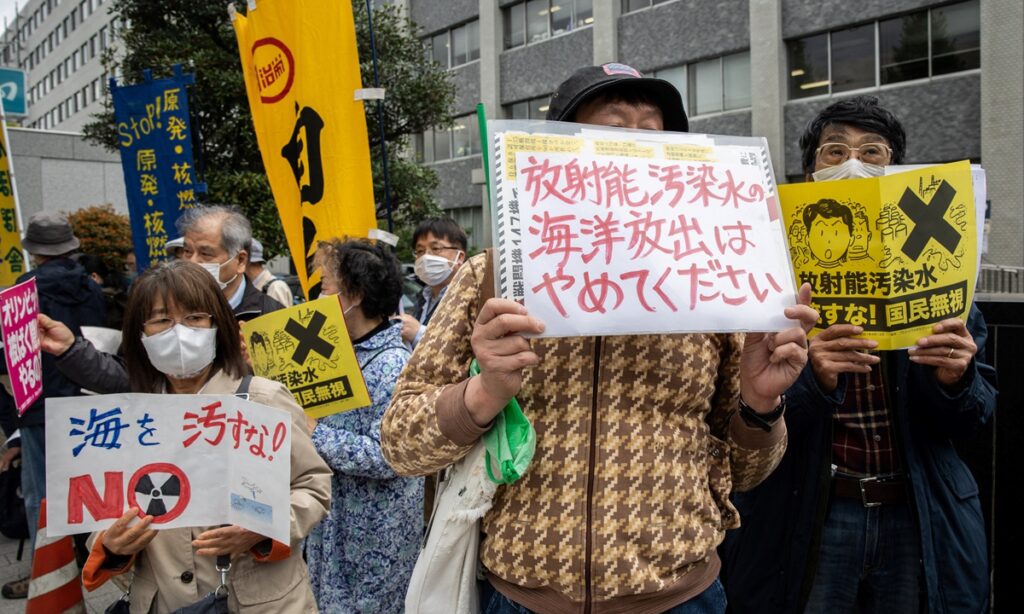
Image courtesy-Global Times
TEPCO signed an agreement with the prefecture and towns of Okuma and Futaba that residents must consent to before discharging wastewater. Thus, implementing the plan could be a turbulent task. Prime minister Fumio Kishida says he and other government officials will work to ensure residents that water will be disposed of safely.
International Opposition
South Korea and China are the vanguards of the international resistance to mass disposal. The US is in league with Japan’s decisions. Nevertheless, that may only be a product of the vast ocean separating the US from any harmful substance. Closer nations, such as the Northern Mariana Islands, are deeply concerned with the effect the disposal could have on the region. The small island nation of 51,659 people is in complete opposition to Japan. Only 500km (1,553 miles) southeast of Japan, the island nation cites the Republic of the Marshall Islands as evidence. The once biodiversity hub is now utterly uninhabitable post radioactive contamination from over 300 atmospheric and underwater nuclear experiments.
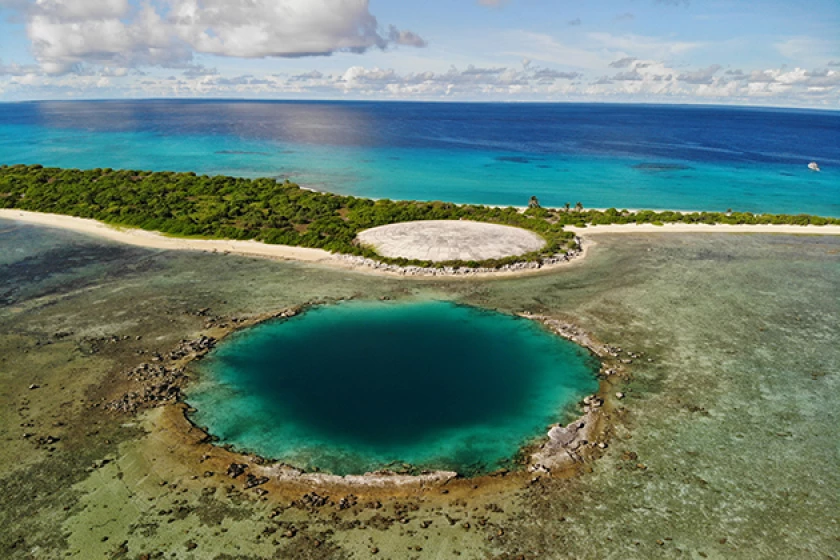
Image courtesy-Los Angeles Times
China Foreign Ministry spokesman Wang Wenbin emphasizes it is “extremely irresponsible” of “Japan to ignore the concerns of all parties.”
What Is the Best Course of Action in Fukushima?
Although TEPCO is moving forward with the plan to release radioactive water into the ocean, there are some alternative solutions to consider.
Greenpeace is advocating that Japan repurpose the long-lived large tanks used to store national oil and petroleum reserves into a storage tank for the wastewater. These tanks have a capacity of up to 2.4 billion litres (20 million barrels). Storing the water for a few decades will allow the tritium content to decay to a fraction of what it currently is. By that time, scientists will also have likely developed new technology to safely and efficiently dispose of radioactive substances.
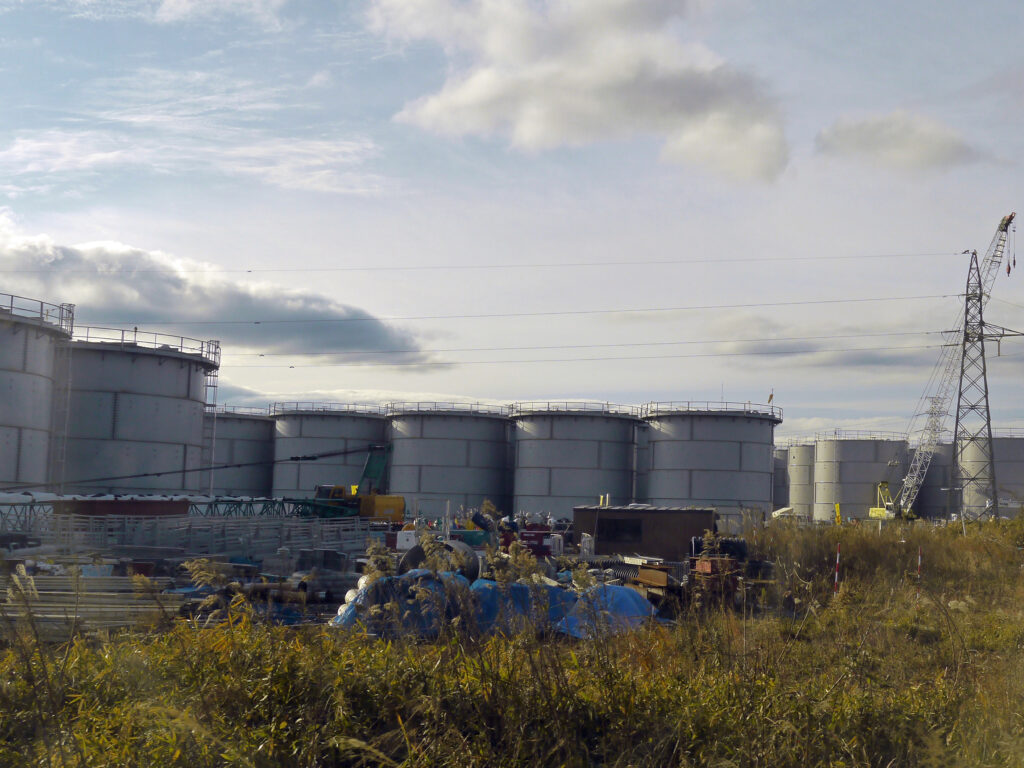
However, it must be noted that Japan already demolished 500 square meters of trees adjacent to a bird sanctuary to store over 1,000 tanks containing wastewater. Right now, Japan is faced with the impossible choice of endangering either land or aquatic ecosystems.
TEPCO is allotting a colossal 200 billion USD for the ongoing cleanup of the 2011 disaster. However, the risk factor needs to be calculated before the implementation stage in 2023.
Conclusion
In brief, the government and TEPCO need to divulge the exact statistics and predictions surrounding the plan. Once they do, scientists, environmentalists, and Japanese actors can agree on the best plan of action that will benefit the environment, human health, and the efficiency of the plant.
You may also be interested in:
Heatwaves in Europe: Soaring Temperatures and Unfurling Wildfires
The Growing Tension in the Western Ghats
About the Author

My name is Alara and I am a high school junior at the Trevor Day School in Manhattan. I am the leader of various clubs, including Model UN, the admissions team, and community service clubs. I value hard work, education, optimism, and ambition. Passionate about international relations, environmental science, journalism, and economics, I hope to make an impact in these sectors during my internship at The International Prism.

